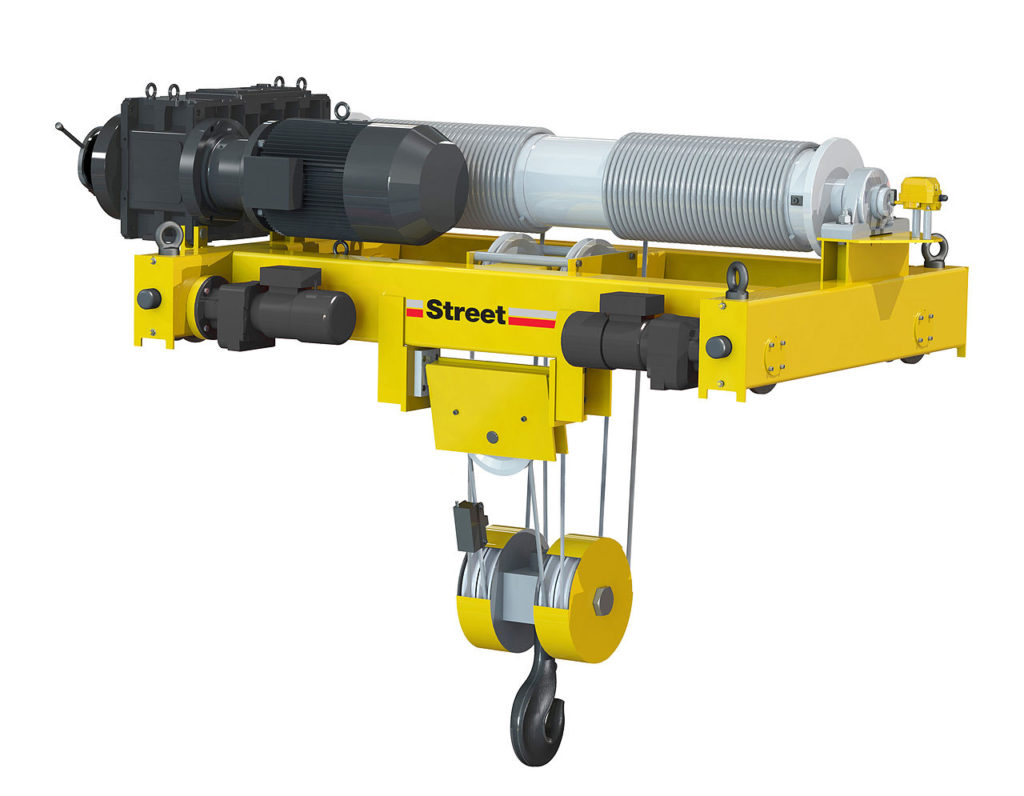
If you are looking for an industrial hoist, you will quickly find that you are spoiled for choice. Over recent years, there has been a significant push to create more reliable, stronger, and faster hoists than before. There are a number of main causes behind this trend, but the greatest one is the economy. Industrial businesses find it hard to ensure they remain profitable, which means they have to better streamline their processes.
Shipping companies and warehouse owners have looked at their greatest expenses and found that labor costs are the highest of all. A lot of money is required in order to make sure a warehouse or industrial plant can be staffed 24/7. The more money that goes into employees, the less profits there will be at the end of the day. Hence, industrial hoist, which make the process quicker and easier, requiring less manpower, have become hugely popular.
The Different Types of Hoist
By far the most popular hoist is the electric chain hoist. This is more popular than the manual option because it can run on its own, requiring little to no human intervention. This brings it back to the workforce issue. Once something can be automated, fewer people are required. When there are less people, less money is spent on them. In fact, thanks to electric hoist, entire sections of a warehouse can be manned by a single machine and a single operative. Before this device was available, that same area would require as many as six people at all times. They would also need to be supervised, and supervisors are paid more. This shows just how much money is spent in a regular basis. Because electric industrial hoists are very easy to operate, very few specialists are required to operate it. This translates into a massive cost saving overall. While we all know that it is important to keep people in work, the reality is also that every employee costs a huge amount of money. Their salaries, holiday pay, sickness benefits, and their mistakes all cost a fortune.
Unfortunately, the reality is also that this is causing more problems for people. We all have to find ways to look after our families, and this means having a job. Industries also require people to have jobs, however. After all, if they don’t have an income, they can’t spend, which in turn means industries can’t sell their goods. It is a catch-22 situation, in other words, in which industry has to find ways to cut down on employment costs, while at the same time supporting economies to offer replacement employment for those who lose their jobs. This conundrum is believed to be the reason why capitalism will eventually fail. After all, if everything is automated, and no human contact is required any more, or very minimal human contact, then there would be no more spending power.
It is strange to believe that something as simple and common as the industrial hoist is directly linked to the eventual survival of the global economy!